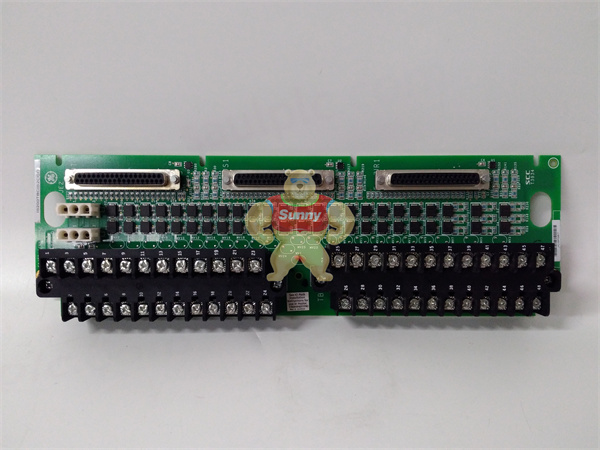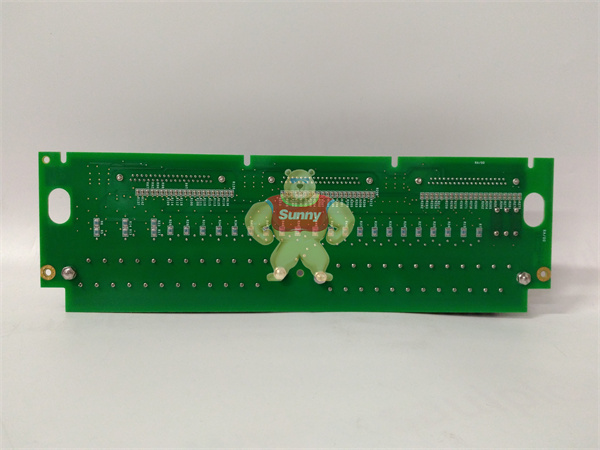Over the past few years, the energy of end users has shifted, and we are no longer entangled in the problem of who develops the industrial Internet of Things platform, and users have shifted from developing the industrial Internet of Things platform by themselves to deploying standardized industrial Internet of Things platforms through partners such as Oems.
The emphasis on digital solutions has increased, with 69 percent of respondents stating that digital systems are already an important part of automation, and 94 percent believing that digital solutions will be particularly important to automation in the future.
Survey respondents said that the standard nature of the industrial iot platform and the ease of integration with existing legacy software systems were the most important selection factors, followed by the level of service provided by industrial iot vendors.
End users consider open standards more important than vendor capabilities, and these preferences will have a significant impact on the evolution of future industrial iot platforms.
Part of the change is that users’ assessment of how automation helps factories improve their performance has moved beyond the traditional dimensions of productivity and cost effectiveness.
New dimensions include: employee experience, plant resilience, resilience and sustainability.
Through technologies such as additive manufacturing and digital twins, the resilience of factories can be improved, reducing potential shocks and risks to the company’s supply chain. Digital twins also allow companies to simulate the impact of an unexpected situation on equipment or plants so they can plan ahead.

IS200TBCIS2CCD

IS200TBCIS2CCD
Two wireless communication technologies, 5G and Wi-Fi 6, can track the condition of large devices, reduce latency and make logistics more resilient.
With these latest technologies, factories can quickly switch production lines, get rid of the constraints of the traditional assembly line, and use the matrix method of manufacturing. Matrix production refers to the use of flexible units in the workshop to make parts, rather than a long and continuous production line.
Industrial automation can also improve the sustainability of enterprises, reduce energy consumption, and waste generation.
Simplicity and standardization are the magic weapons for new technologies to break out of the PoC curse
In the report, McKinsey also listed 10 of the latest technologies that affect the rules of the game in industrial automation (as shown in the chart above), including soft PLCS, digital twins, autonomous robots, industrial artificial intelligence, 5G, and more. If you pay attention to the development of industrial automation, in fact, you will find that each technology is not new, has experienced a long development process, and some have always been trapped in the PoC (Proof of Concept, proof of concept) curse is difficult to get rid of.
The PoC mantra is that new technologies are always in the pilot stage, without a clear large-scale commercial strategy for the next step. The way to break the PoC spell is to simplify and standardize, to make new technologies easy to use, and to establish relevant standards.
In addition to the 10 latest technologies mentioned by McKinsey, I think there are some new trends in industrial automation worth watching:
1. The hardware platform is being gradually integrated
With the evolution of the latest processors, such as the release of multi-purpose chips such as Intel’s 13th generation Raptor lake CPU, industrial controllers, industrial computers, industrial gateways… The dividing lines between these hardware are gradually disappearing, showing a clear convergence. At the same time, hardware is getting smaller and smaller, more and more functions are integrated within a single device, and industrial artificial intelligence is gradually becoming the standard.
 1 Year Warranty
1 Year Warranty





